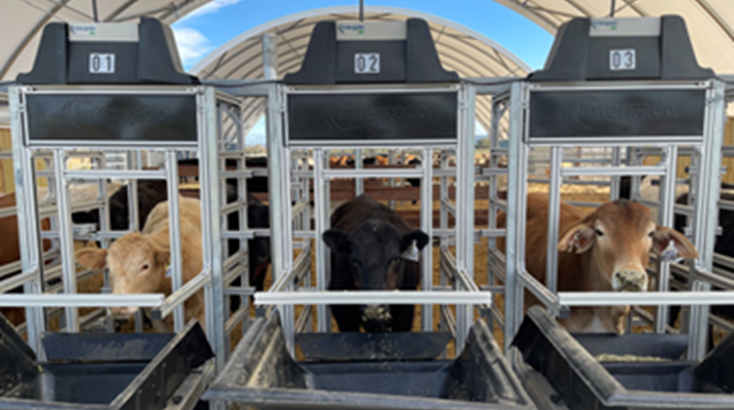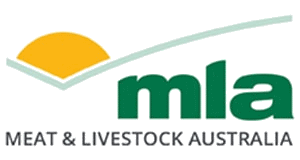Optimise profit from each animal
27 March 2025
 Image credit: Luciano Gonzalez, The University of Sydney beef cattle research facility.
Image credit: Luciano Gonzalez, The University of Sydney beef cattle research facility.
Which market are you producing cattle for – long-fed or short-fed? How can you optimise the carcase to boost your profit for each animal? A project funded by lot feeder levies invested by ALFA and MLA has set out to address these questions by developing a new decision support tool.
The project focuses on developing models that can predict the ‘optimal carcase endpoint’ – i.e. the ideal market for each carcase.
Professor Luciano Gonzalez from the livestock production team at the University of Sydney explains more about the project’s origins.
“The project came about from discussions on what happens once you buy an animal – you’re faced with a decision as to what you’re producing it for. Is it for the long-fed market? The short-fed domestic market?” Professor Gonzalez said.
“We then discussed how we could develop a decision support tool that helps facilitate that decision by considering all the factors involved. How can we create this tool to best optimise profits for each animal?”
The tool will allow lot feeders to see what value an animal is likely to produce versus the cost of producing that animal.
Existing research and models were available, however, these were based on conditions and animals from other countries, such as the United States (US).
“Models from the US are developed for US animals, based on US conditions and with US data,” Professor Gonzalez said.
“Our production systems are different to the US, from breed right through to the length of the feeding programs. We needed to collect the basic information here to develop a decision-making tool driven by Australian data.”
A phased approach
The first phase of this project, which involved a visit to Brazil, focused on learning effective techniques for collecting data on body dissection and determining the chemical composition of the cattle. Researchers then brought their learnings back to Australia and commenced the second phase of the project at the University of Sydney.
“We collected data on feed intake, growth and detailed body composition of three different breeds of animals. Brahman, Angus and Charolais,” Professor Gonzalez said.
All three of these breeds have different biotypes, and different accumulation rates of protein, energy, fat and energy utilisation efficiency. Thirty animals of each breed were brought into the trial.
The trial involved slaughtering the animals at 0, 50, 100, 150 and 200 days on feed. Slaughtering the animals at these intervals allowed researchers to see what temporal changes in body composition had occurred. Every part of the animal was measured, including internal organs and tissues.
“We did the body measurements first, physically dissecting lean muscle, fat and bone. We then also ground every part of the animal to measure the chemical composition.”
Where to next
After the successful development of the models, Professor Gonzalez hopes to continue the project with further development and evaluation in commercial conditions.
“The main thing we want to achieve is to give lot feeders a decision support tool to increase productivity and profitability.”
The advantages of utilising these models aren’t just about profit – there are also indirect benefits.
“If you’re measuring an animal’s body weight in real-time, it will also tell you if an animal is or isn’t performing. This could indicate if the animal is sick, for example.
“I think the more we can evaluate the models in commercial settings, the more indirect benefits we will be able to identify.”
Professor Gonzalez reiterated the importance of refining and collecting domestic data to create and establish an accurate database and models which reflect the Australian cattle industry, the breeds and the climate.
“Beyond the development of this tool, collecting that domestic data is key to helping us understand our animals and our production systems, meaning we can maximise the potential productivity and continued research.”
Find out more about Australian Optimal Carcase Endpoint and Sorting System – Development
| The Australian Lot Feeders’ Association and Meat & Livestock Australia Research and Development Committee work in a close and collaborative partnership to support projects for the betterment of the feedlot industry. You can view a list of recent project reports and publications here. |


